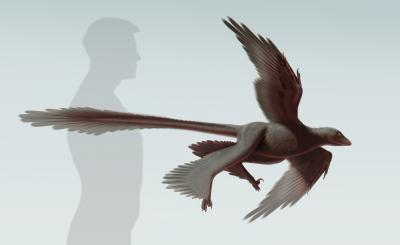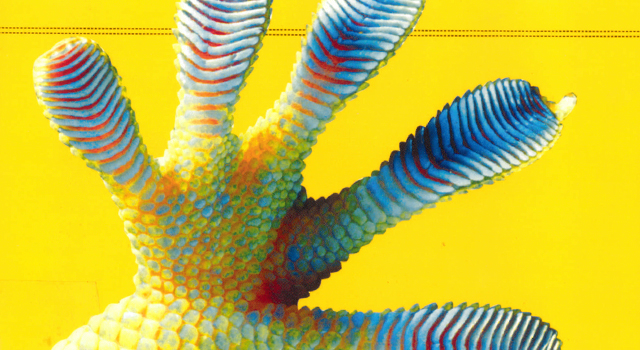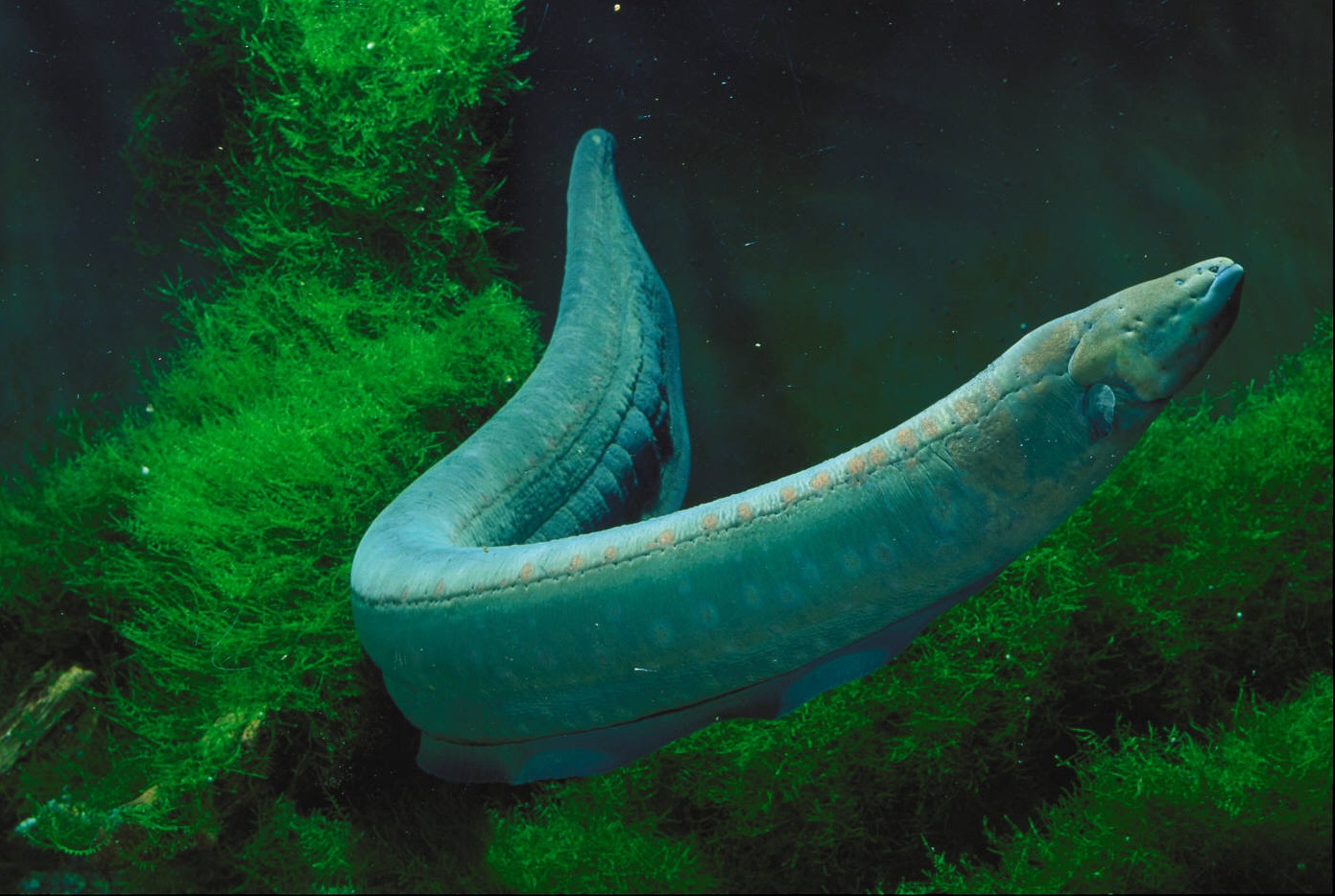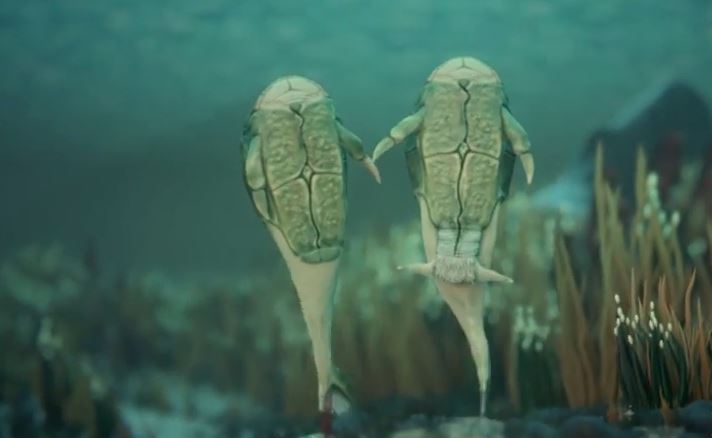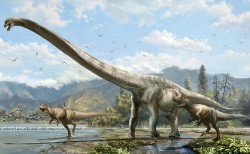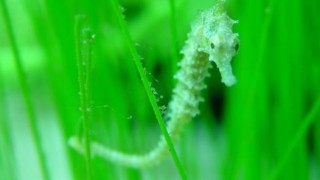
An international team of researchers has examined the skeletal structure of one of the ocean’s most spectacular sea creatures - the seahorse.
The seahorse belongs to the Hippocampus genus, an ancient Greek word that roughly translates as “horse sea monster.” The small creatures are typically found in tropical and temperature waters, using their camouflage to prey on small crustaceans and larval fish.
The seahorse is a bony, scale-free organism that has its skin stretched across numerous plates of bone; these plates are organized into a series of rings that surround its vertebral column. The researchers looked at the seahorse’s unusual skeletal structure in finer detail, including the tail region.
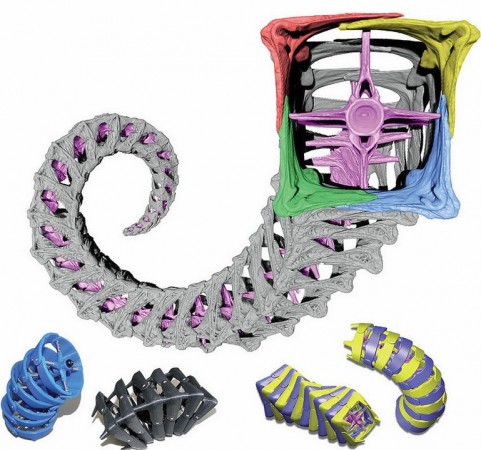
The seahorse’s prehensile tail has evolved over many millions of years. While it serves no function in aiding the creatures motility, it provides the animal with the ability to grasp chunks of coral reef and seaweed. This helps to stabilize the seahorse, as it patiently waits for food to float by.
The tail is also surprisingly flexible, bending and turning with ease, returning to its original shape much better than the cylindrical tails of other animals. Pairs of seahorses often clutch each others’ tails during courtship, spinning around each other during a “predawn dance” - a ritual that synchronizes their reproductive states.
An assistant professor in the College of Engineering at Oregon State University, Ross Hatton, recently explained that his team’s research endeavors could pave the way for developing more flexible robots.
“… nature makes things just strong enough not to break, and then flexible enough to do a wide range of tasks. That’s why we can learn a lot from animals that will inspire the next generations of robotics,” stated Hatton.
Looking closer at the square-like structure of the seahorse’s tail, the team conjectured that its architecture must serve some sort of greater function. With this in mind, the scientists used sophisticated computer models, along with 3D printed prototypes, to compare and contrast the square structure of the seahorse tail to the cylindrical tail configuration seen in other animals.
Indeed, Hatton and colleagues discovered that the tail’s toughness and ability to deform likely protects the seahorse from predators. The bones of the seahorse tail had the ability to slide over each other, and protected the creature from vertebral fracture. With little energy, the bones could, then, snap back into place.
“This could be very useful for robotics applications that need to be strong, but also energy-efficient and able to bend and twist in tight spaces,” concluded Hatton.
In considering the applications of their findings, the team believes the structural arrangement of the tail could be useful in improving surgical laparoscopy equipment, where the laparoscope’s strength and flexibility is essential for navigating the human body. Adding to this, search and rescue robots could be designed with greater durability and flexibility.
Topic image credit: Dominique Adriaens, courtesy of Ghent University.

